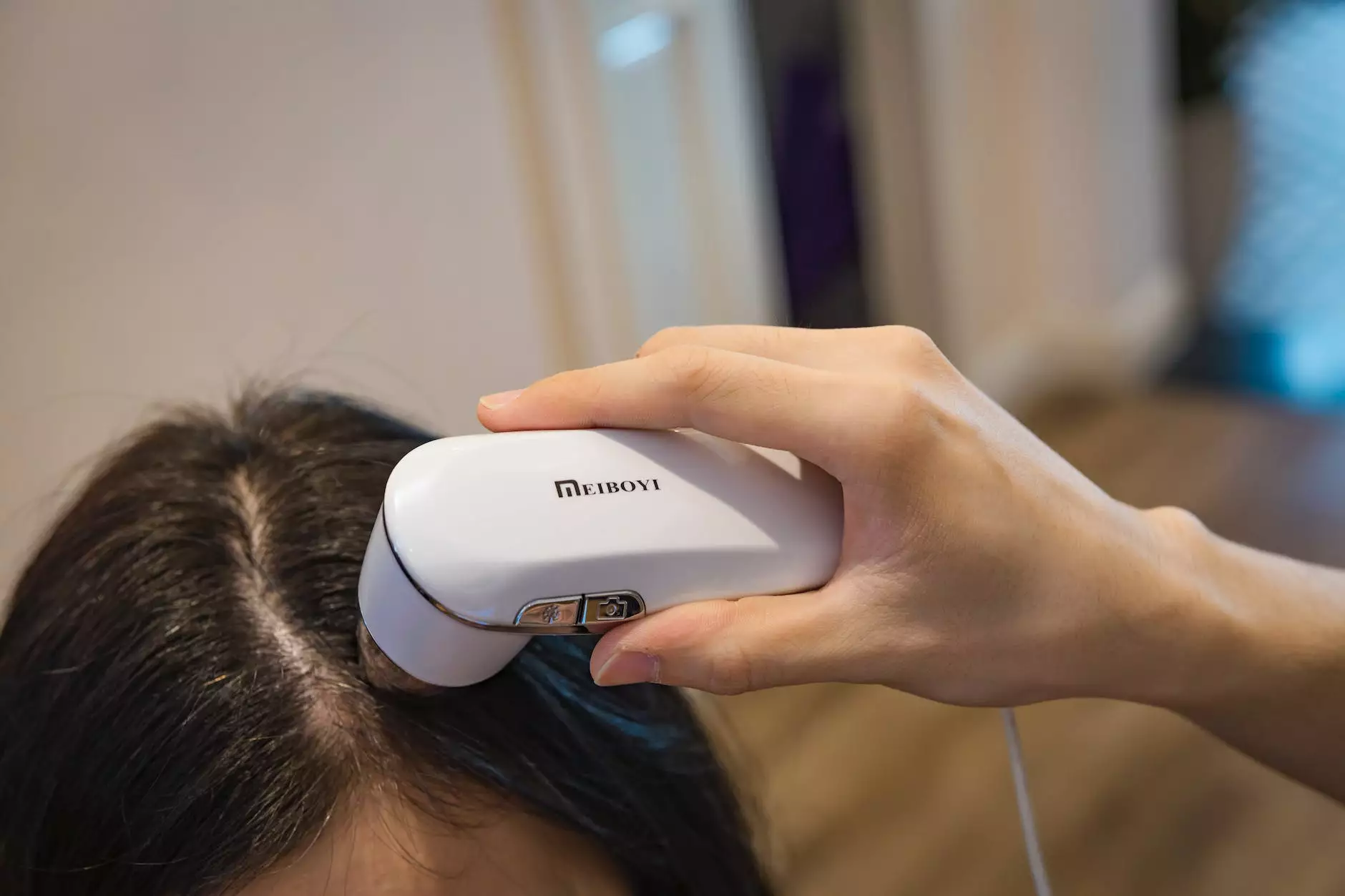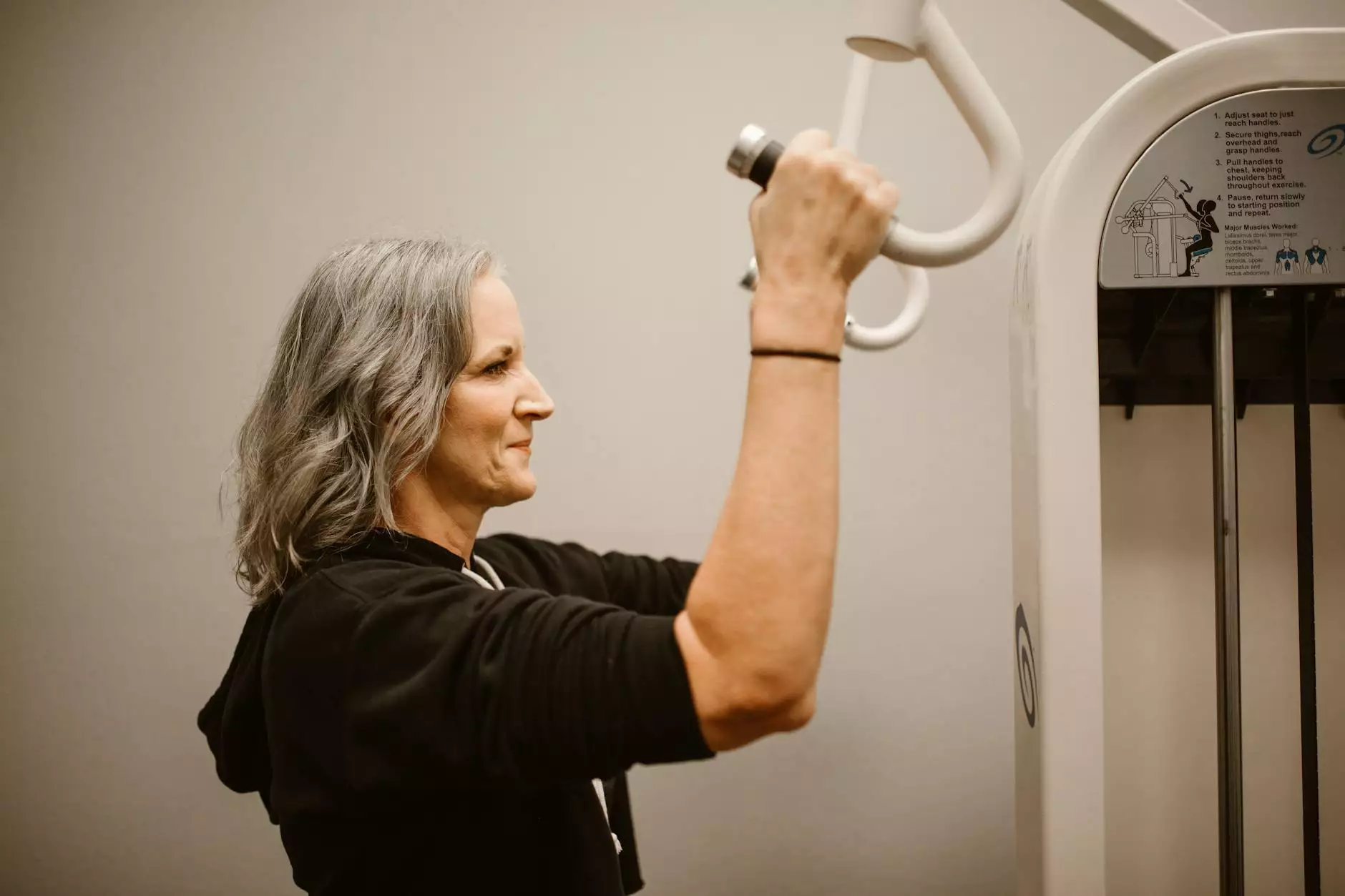ISHRS Hair Loss Statistics

Understanding Hair Loss: A Growing Concern
As society becomes increasingly image-conscious, hair loss has emerged as a common concern for both men and women. The International Society of Hair Restoration Surgery (ISHRS) has been at the forefront of research and analysis, providing valuable insights into the prevalence, causes, and treatment options for hair loss.
The Prevalence of Hair Loss
Hair loss affects millions of people worldwide. According to the latest statistics from ISHRS, approximately 50 million men and 30 million women in the United States alone experience some form of hair loss. This staggering number reflects the widespread nature of this condition.
Causes of Hair Loss
Understanding the underlying causes of hair loss is crucial in developing effective treatment strategies. While genetics play a significant role, other factors such as hormonal imbalances, nutritional deficiencies, stress, and certain medical conditions can contribute to hair loss as well.
Genetic Predisposition: Male Pattern Baldness and Female Pattern Hair Loss
Male pattern baldness, also known as androgenetic alopecia, is the most common type of hair loss in men. It is characterized by a receding hairline and thinning at the crown of the head. Similarly, female pattern hair loss presents as thinning hair, primarily on the top and front of the scalp.
Research conducted by the ISHRS indicates that genetic predisposition accounts for approximately 95% of all hair loss cases. Understanding one's genetic risk can help individuals better navigate treatment options.
Hormonal Imbalances and Hair Loss
Hormonal imbalances, such as those experienced during pregnancy, menopause, or thyroid disorders, can contribute to hair loss. Fluctuating hormone levels can disrupt the natural hair growth cycle, leading to increased shedding or reduced hair thickness.
Nutritional Deficiencies and Hair Health
A well-balanced diet plays a crucial role in maintaining healthy hair. Nutritional deficiencies, particularly in iron, zinc, biotin, and vitamins D and E, can contribute to hair loss. Ensuring adequate intake of these essential nutrients can promote optimal hair growth and minimize the risk of hair loss.
Treatment Options for Hair Loss
In recent years, advancements in medical technology and research have expanded the range of treatment options available for hair loss. It is important to consult with a qualified healthcare professional to determine the most suitable approach based on individual circumstances.
Medications
Medications such as minoxidil and finasteride have been approved by the U.S. Food and Drug Administration (FDA) for the treatment of hair loss. These medications work by enhancing hair growth and minimizing further hair loss.
Hair Transplantation
Hair transplantation is a surgical procedure that involves the transfer of hair follicles from areas of dense hair growth to areas with thinning or balding. This technique can provide natural-looking results and is often considered a long-term solution for hair loss.
Low-Level Laser Therapy
Low-level laser therapy (LLLT) is a non-invasive treatment option that uses red light wavelengths to stimulate hair growth. This therapy can help rejuvenate hair follicles and promote hair density.
Platelet-Rich Plasma (PRP) Therapy
Platelet-rich plasma (PRP) therapy involves the injection of concentrated platelets from a person's own blood into the scalp. The growth factors in platelets can support hair growth and improve hair thickness.
Conclusion
Hair loss is a common and often distressing condition that can impact individuals of all genders and ages. The ISHRS hair loss statistics shed light on the prevalence and factors influencing hair loss, while also highlighting the available treatment options.
Seeking professional guidance from a qualified healthcare provider is crucial for developing a personalized approach to address hair loss concerns. With the advancements in medical science and a better understanding of the root causes, effective solutions are within reach.










